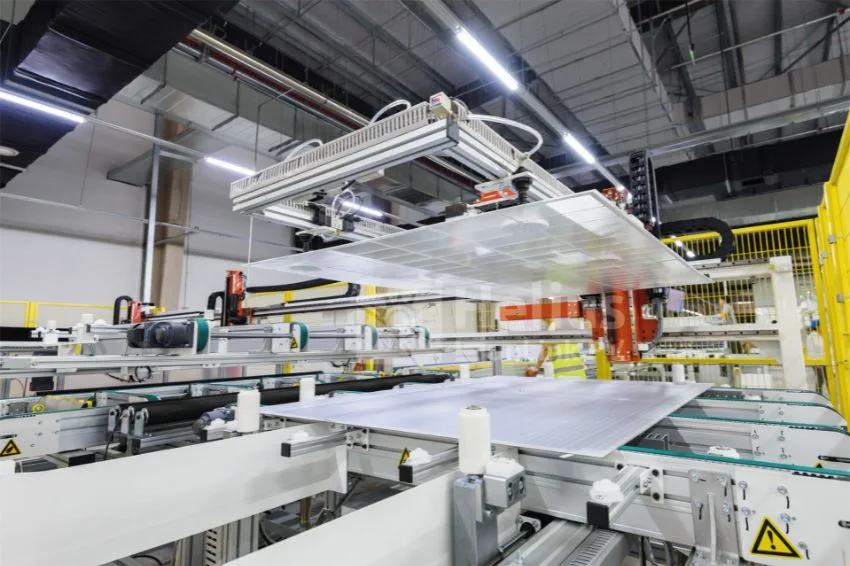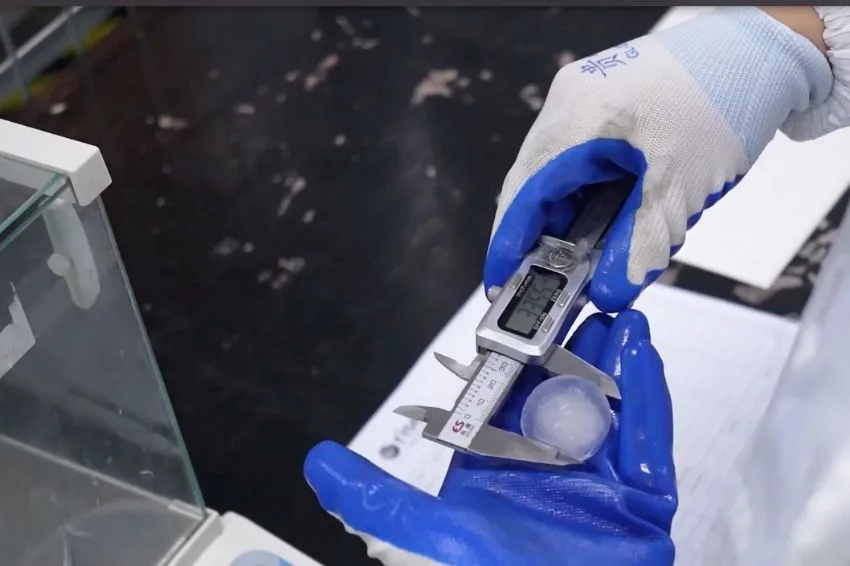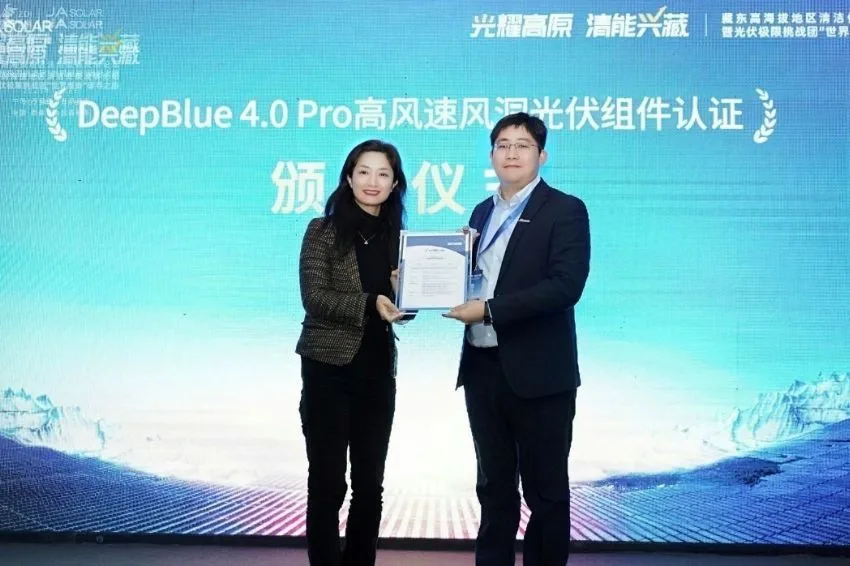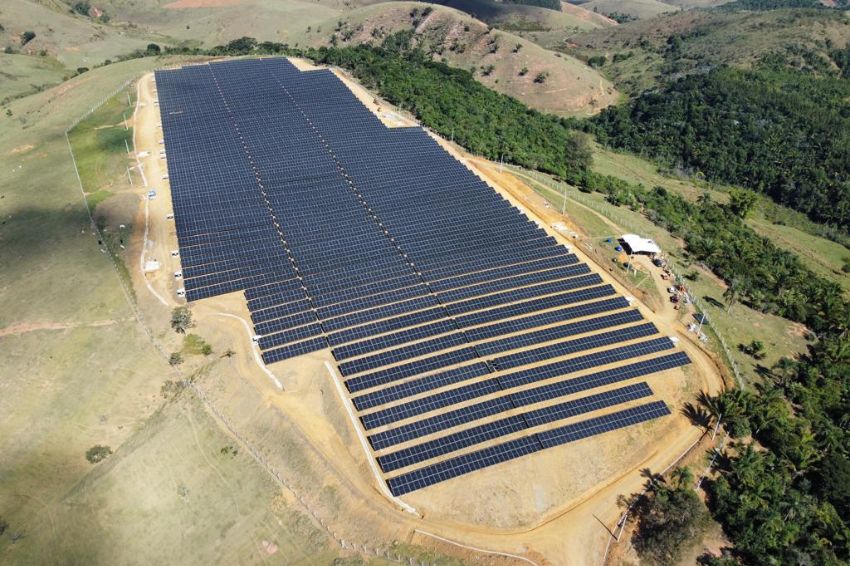A Mackenzie Presbiterian University (UPM) opened, last Thursday (21), in partnership with the Huawei, one solar plant at the Higienópolis campus, located in the city of São Paulo (SP).
The project "Inova Solar: Mackenzie – Huawei” aims to develop Research and Development at solar energy generation and, with that, create a national safety standard for installation, maintenance and accident prevention.
Furthermore, it aims to create a predictive model for predicting energy generation and find out how optimizers – devices that reduce the impact that shadow causes on the installation – can improve the system's efficiency.
The plant, which will have the capacity to generate up to 20 kWh and has Huawei inverters, which have AFCI (arc fault circuit interrupter) technology, which monitors the occurrence of arcs, generally caused by bad contacts in the installations, and automatically turns off at 0 .5s, ensuring system security.
Bruno Luis Soares de Lima, professor at the School of Engineering (EE) at UPM and a researcher involved in the project, explains that the inverters manufactured in Brazil will be subjected to tests by the university. “Let’s see how they stop arcing and promote electrical safety for users.”
Brazil does not yet have a standard for the safety of solar energy generation systems, and one of the project's intentions is to help create this standard, based on international references.
“This standard is being prepared by the ABNT committee and when it comes out, we want our laboratory to be one of the equipment certifiers”, said the professor.
For Huawei Digital Power, Inova Solar reflects the multinational's vision in actions that promote innovation, security and training, and the results will allow society to benefit.
“The plant is small in relation to the size of the university so that we have control over tests, for research and development. The results will bear fruit to be replicated”, emphasized Andrey Oliveira, director of residential solutions at Huawei Digital Power.
“It is essential to have security for everyone, which is why our inverters are already manufactured with this layer of protection. Some countries already have obligations and standards and that is what we also want for Brazil”, he pointed out.
Technology, algorithm and artificial intelligence
According to Huawei, the solar plant also features innovative solutions and artificial intelligence (AI). A drone will fly over the installation to maintain the system and, based on the flight, the device detects defects.
The venture also intends to develop a photovoltaic energy generation forecast algorithm, which will be based on the plant's historical measurements, the cameras that measure shading and the weather station that measures climate data to generate an artificial intelligence model.
From this data, the expectation is to predict how much energy a system can generate. According to the manufacturer, currently, the lack of this forecast is one of the pain points in the photovoltaic energy market. “The plant goes into operation and often generates less than was planned”, reported the researcher.
Education and training
The laboratory will be used by Mackenzie undergraduate students. The photovoltaic system will be incorporated into Energy Generation classes.
The São Paulo Fire Department also received a training course in solar energy, and through EAD (Distance Education), trained professionals will be able to teach classes to firefighters from other states in Brazil.
The objective is for these rescuers to understand the risks, the maintenance of the photovoltaic installation and to have the knowledge to carry out rescues.

















One Response
Matthew, good morning. I thought 20 KWH is mentioned in the text incorrectly. Do you ask them to correct it? Grateful